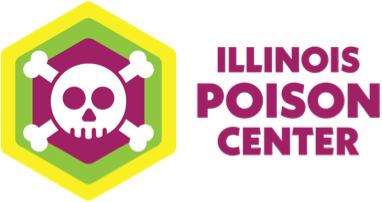Generator Use and Carbon Monoxide
When the power goes out for a long period of time, some people rely on generators to keep their electrical appliances running. Using a generator, though, must be done with care as carbon monoxide (CO) poisoning can occur with improper use. CO is very dangerous in high concentrations—and generators can produce high levels of CO in the home when used incorrectly.
Prevention Tips
Never use a generator indoors or in partially enclosed spaces like garages. Opening doors and windows or using fans will not prevent CO poisoning.
Do not locate generators near doors, windows or vents that attach to the side of the house or air conditioning unit. Doing so could bring CO indoors.
Make sure the generator stays dry.
Follow the manufacturer’s instructions for using generators and CO alarms.
Use up-to-date, battery-operated CO alarms in your home.
Test CO alarms frequently.
If you don’t have a generator, you may be tempted to try heating your home in other ways during winter power outages. It’s important to avoid risks of alternative heating methods.
Do not use cooking equipment—such as grills, stoves, ovens, gas camp stoves or hibachis—for heating your home.
Do not leave the stove, fireplace or space heaters on while sleeping.
What to Do
At low carbon monoxide concentrations in the air, CO poisoning usually occurs slowly over several hours. However, at very high concentrations, it can be fatal in minutes. If you or someone you know has been exposed to CO, seek fresh air immediately. Once out of immediate danger, call IPC at 1-800-222-1222 for treatment advice.
IPC is here to help. Our toxicology experts are available to answer your questions 24 hours a day, seven days a week. Calls to our 1-800-222-1222 helpline are free and confidential.
